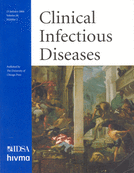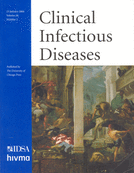
Cover image

detail from The Plague in Venice. Photograph © Erich Lessing/Art Resource, New York. Reproduced with permission.
The complete work is printed above.
The Plague in Venice, dated 1666, is by the Italian Baroque painter, Antonio Zanchi (1631 – 1722). Almost 50,000 people died from the epidemic that struck Veni in 1630. The subject fits well with the artist’s interest in creating a highly dramatic painting, achieved by contrasts between light and shade and by the contorted positions of the figures. These figures in their complex poses are placed within the theatrical setting afforded by the local Venetian architecture, and they create discrete, arresting images within the whole, such as the body being flung from the bridge. The corpse—laden gondolas provide an inevitable allusion to the dead being ferried across the River Styx. Zanchi is considered a "tenebrist" painter, because of his preference for dark, chiaroscuro effects. The delivery of Venice from this epidemic, which is depicted so vividly by Zanchi, was commemorated by Francesco Guardi, a Venetian painter of the next generation (see the cover of CID, vol. 35, no. 10). The painting belongs to the Kunsthistoriche Museum, Vienna. (Ann Arvin, Cover Art Editor)



